Rising Vehicle Ownership
The Global Quick Lube Equipment Market Industry experiences a notable boost due to the increasing vehicle ownership worldwide. As more individuals acquire vehicles, the demand for regular maintenance services, including oil changes, escalates. This trend is particularly evident in emerging markets where economic growth leads to higher disposable incomes. For instance, in 2024, the market is projected to reach 4.27 USD Billion, reflecting the growing need for quick lube services. This surge in vehicle ownership not only drives the demand for quick lube equipment but also encourages service providers to invest in advanced technologies to enhance efficiency and customer satisfaction.
Market Growth Projections
The Global Quick Lube Equipment Market Industry is poised for substantial growth, with projections indicating an increase from 4.27 USD Billion in 2024 to 5.59 USD Billion by 2035. This growth trajectory suggests a compound annual growth rate (CAGR) of 2.48% from 2025 to 2035. The market's expansion is driven by various factors, including rising vehicle ownership, technological advancements, and an increased focus on preventive maintenance. As the industry adapts to changing consumer preferences and regulatory requirements, the demand for quick lube equipment is expected to remain robust, positioning the market for continued success in the coming years.
Technological Advancements
Technological innovations play a pivotal role in shaping the Global Quick Lube Equipment Market Industry. The introduction of automated systems and advanced diagnostic tools enhances service efficiency and accuracy. Equipment such as automated oil change systems and digital monitoring solutions streamline operations, reducing service time and improving customer experience. As the market evolves, service providers are increasingly adopting these technologies to remain competitive. The anticipated growth from 4.27 USD Billion in 2024 to 5.59 USD Billion by 2035, with a CAGR of 2.48% from 2025 to 2035, underscores the importance of technological integration in meeting the demands of a rapidly changing automotive landscape.
Expansion of Quick Lube Franchises
The Global Quick Lube Equipment Market Industry is witnessing significant growth due to the expansion of quick lube franchises. Franchising offers a proven business model that attracts entrepreneurs looking to enter the automotive service sector. Established brands provide training, marketing support, and operational guidelines, enabling franchisees to deliver consistent service quality. This expansion not only increases the number of service locations but also drives demand for quick lube equipment. As the market evolves, the influx of new franchises is expected to contribute to the projected growth from 4.27 USD Billion in 2024 to 5.59 USD Billion by 2035, highlighting the franchise model's effectiveness in capturing market share.
Increased Focus on Preventive Maintenance
The Global Quick Lube Equipment Market Industry benefits from a growing emphasis on preventive maintenance among vehicle owners. This shift in consumer behavior is driven by the understanding that regular maintenance can prolong vehicle lifespan and enhance performance. Quick lube services, which offer timely oil changes and fluid checks, align perfectly with this trend. As awareness of vehicle maintenance increases, service providers are likely to see a rise in demand for quick lube equipment. The projected growth from 4.27 USD Billion in 2024 to 5.59 USD Billion by 2035 indicates that preventive maintenance is becoming a cornerstone of vehicle care, further solidifying the market's potential.
Regulatory Compliance and Environmental Standards
The Global Quick Lube Equipment Market Industry is influenced by stringent regulatory compliance and environmental standards. Governments worldwide are increasingly implementing regulations aimed at reducing environmental impact and promoting sustainable practices in the automotive sector. Quick lube service providers must adhere to these regulations, which often necessitate the use of advanced equipment that minimizes waste and enhances efficiency. As a result, the demand for eco-friendly quick lube equipment is likely to rise. This regulatory landscape not only shapes equipment design but also drives innovation within the industry, ensuring that service providers remain compliant while meeting the evolving expectations of environmentally conscious consumers.


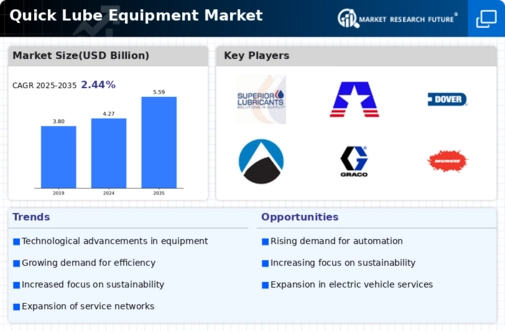

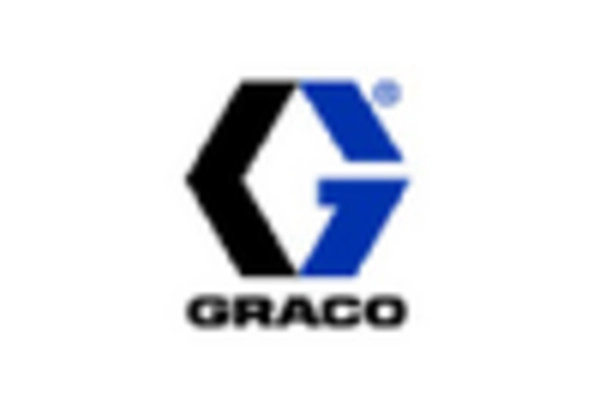
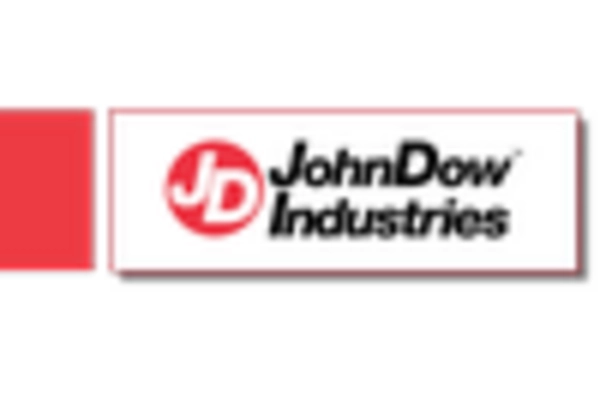
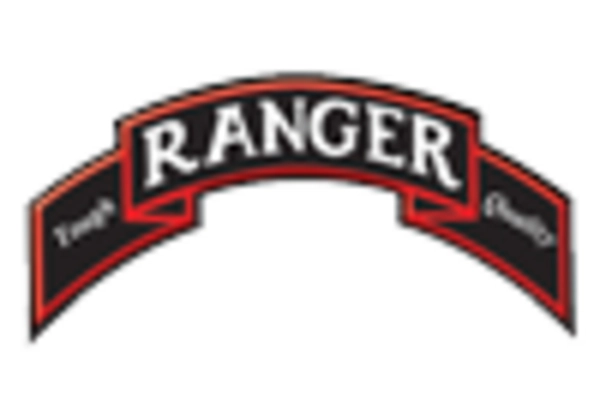
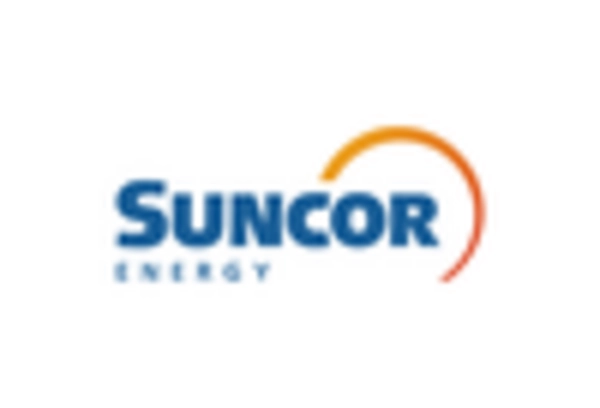
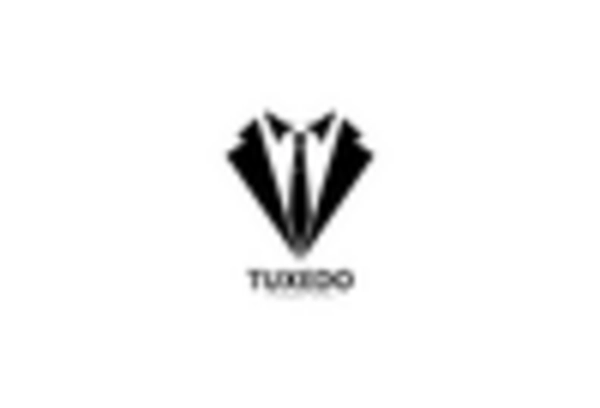








Leave a Comment